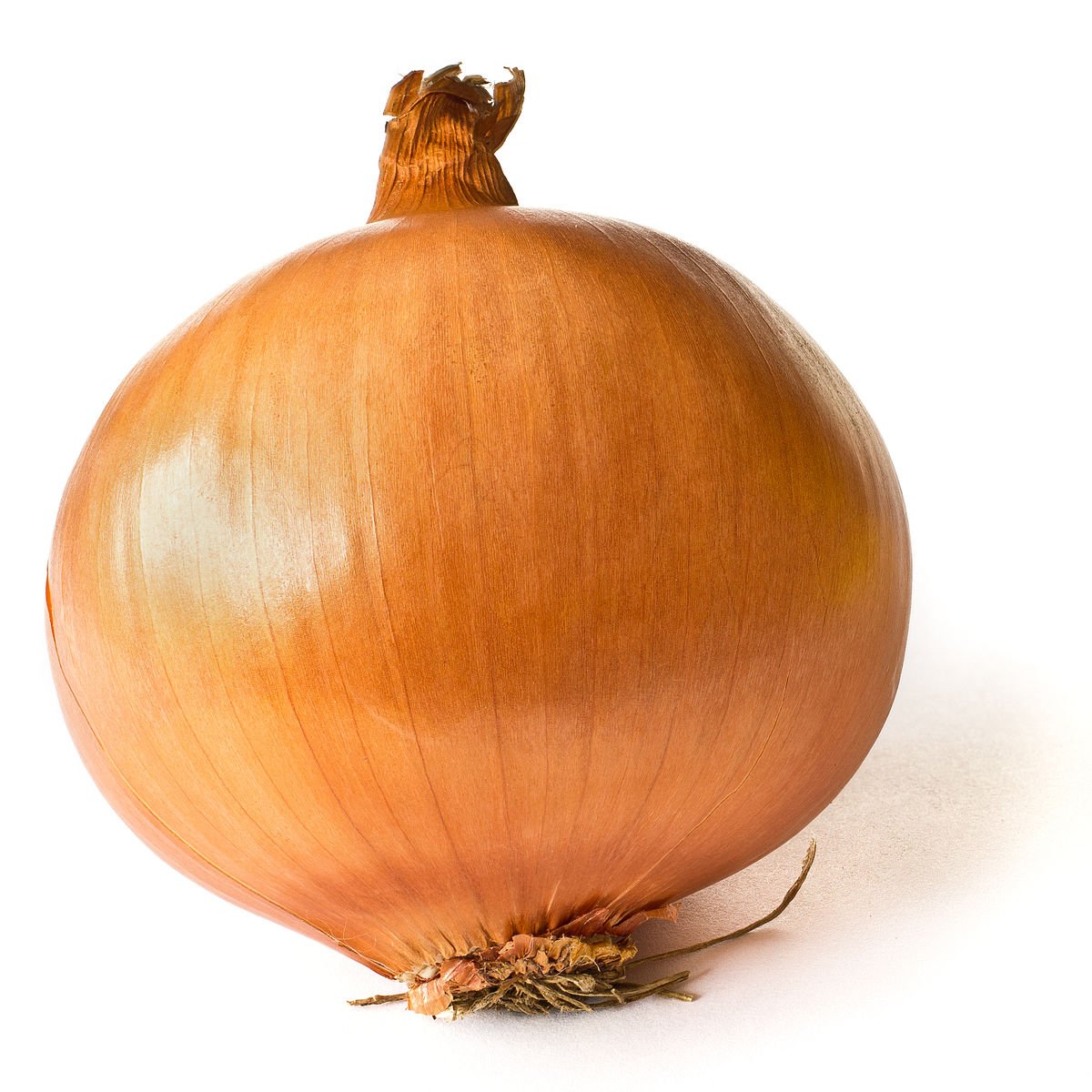

Sure, but seeing posts like this encouraging discounting other people based on the instance they signed up on doesn’t make me want to switch instances so I can spend more time with them. Posts like these make it harder to care about what I’m missing tbh.











Are you sure there isn’t a speed limit tag on a relation that contains the street way? I was under the impression that it used only osm data.